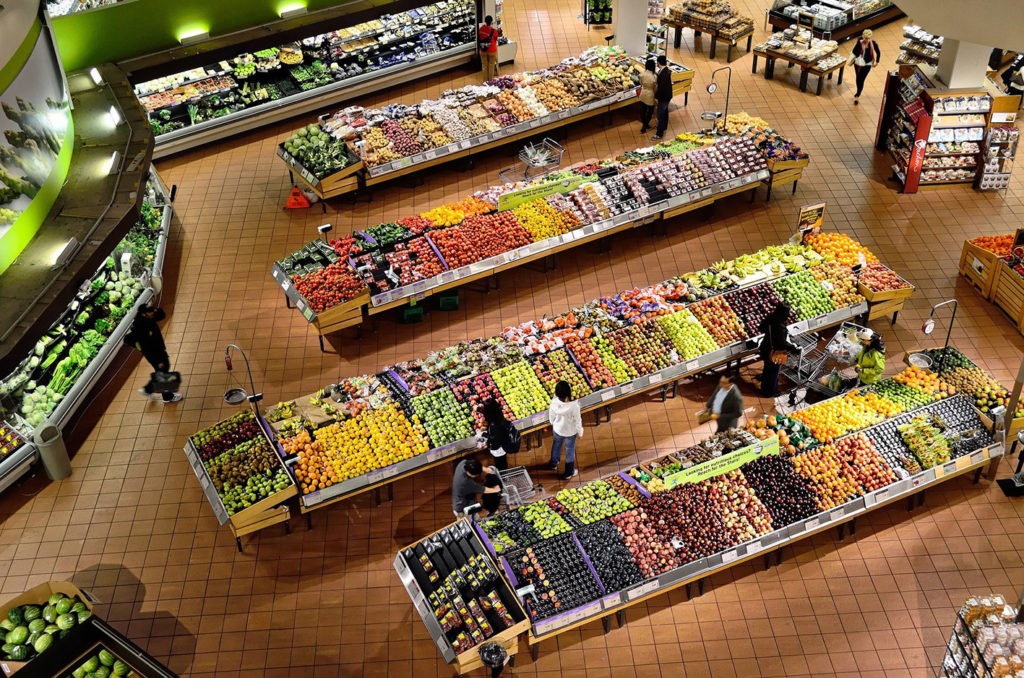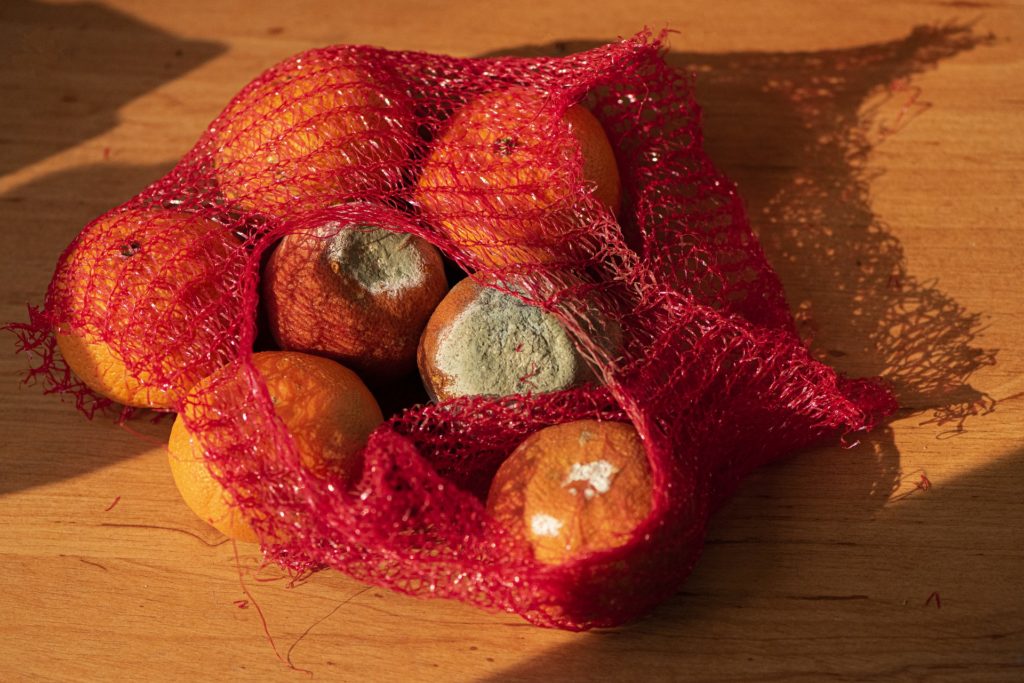Food security in remote communities
All Australians deserve access to affordable, safe and nutritious food, no matter where they live. However, many people living in our remote Indigenous communities struggle to find access to affordable, fresh, nourishing foods needed for a healthy, balanced diet.
Indigenous Australians suffer a disproportionate burden of chronic disease compared to non-Indigenous Australians, and many of these illnesses can be linked to poor nutrition. Without regular, reliable, affordable access to nutritious foods like fruits and vegetables, Indigenous health outcomes will only continue to lag behind that of other Australians.
In an attempt to address this, the Minister for Indigenous Australians, Ken Wyatt, called for a senate inquiry into food pricing and food security in remote Indigenous communities in May this year. The committee is due to present its final report by December 10.
Ahead of the report’s release, Dietitians Australia is calling for the government to ensure that all Australians – regardless of their geographical location – are provided access to the nutritious foods that are vital to good health.
The organisation submitted a written response to the inquiry in June, proposing 16 key recommendations, including the need to develop and implement a national strategy on food security, as well as elevating the status of community stores to an essential service.

“A national strategy which includes voices from remote Aboriginal and Torres Strait Islander communities is vital to creating practical solutions to support adequate food access,” says Robert Hunt, CEO of Dietitians Australia. “Local food stores often provide the only source of food available for purchase in the community. Food is a basic human right, and these stores need to be given the same priority status as health and education services.”
Distance, climate and store viability are just some of the many challenges impacting food access and affordability in remote Australian communities. Dietitians often hear reports from their clients about the poor quality and high price of food in these areas. In some cases, locals simply can’t access the foods they need.
“We’ve heard of mouldy tomatoes being sold at the local supermarket for $10 a kilo, and that’s the only fresh option available,” Hunt says. “Others report a lack of variety of basic foods such as milk and bread, and poor-quality meat being sold at exorbitant prices.”

Lack of food choice can prevent community members from making diet and lifestyle changes. It can also be hard to access appropriate foods needed for certain health conditions. With chronic diseases – many of which are related to a poor diet – accounting for 70 percent of the gap in disease burden between First Nations and non-Indigenous Australians, improving food access is key to strengthening health in remote communities.
“Dietitians have reported some clients have tried to opt for wholegrain instead of white bread to assist with their health, but sometimes this basic level of choice is not available,” Hunt says. “This is just one example of why we need a national strategy to support local food stores and ensure every Australian can access the foods needed for their health.”









